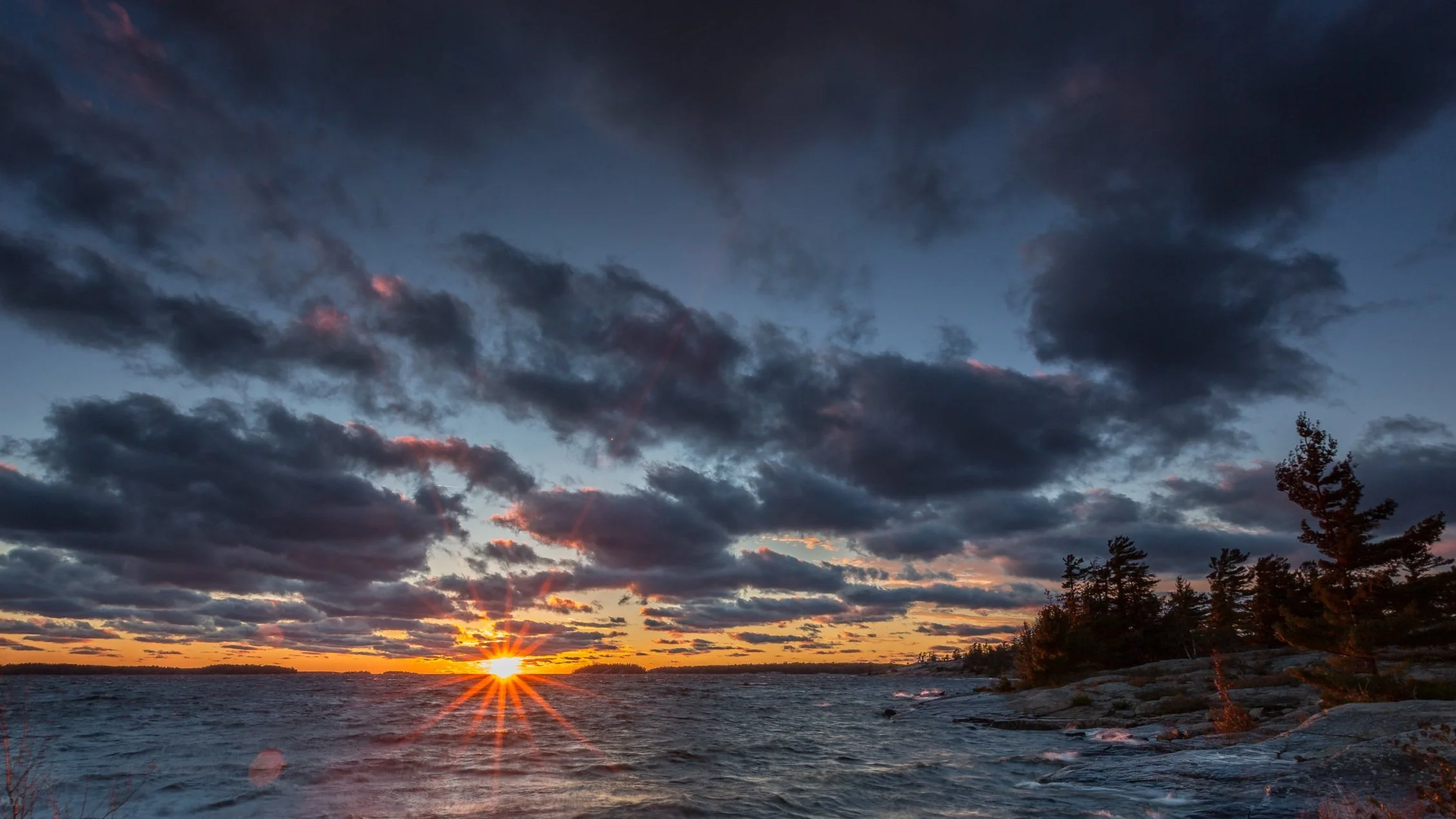Some Facts About the Great Lakes
Of all of the water on earth, only about 2.5 percent is fresh—able to support human and natural systems on land. Nearly 99 percent of that fresh water is frozen in glaciers or icecaps or trapped beneath the surface in aquifers. Only a bit more than 1.2 percent of the earth's fresh water is on the planet's surface, and a lot of that is unusable, locked in permafrost or ground ice. Lakes hold 21 percent of the surface fresh water in the planet—or about 0.007 percent of all the earth's water. This tiny percentage sustains almost all of the planet's non-oceanic life.
North America's Great Lakes contain a little more than one-fifth of the world's fresh surface water. They store 95 percent of the U.S. supply of surface water; 84 percent of the surface water in North America. Spread evenly across the continental U.S., the Great Lakes would submerge the country under about 9.5 feet of water.
The surface area of the lakes is more than 94,000 square miles/244,000 square kilometers of water (larger than the states of New York, New Jersey, Connecticut, Rhode Island, Massachusetts, Vermont, and New Hampshire combined, or about 23 percent of the province of Ontario). The watershed covers about 295,000 square miles/767,000 square kilometers.
United States and Canada - 10,900 mi/17,549 km of shoreline, including connecting channels, mainland and islands. The Great Lakes shoreline is equal to almost 44 percent of the circumference of the earth. Michigan's Great Lakes coast totals 3,288 mi/5,294 km, a longer coastline than any state but Alaska.

